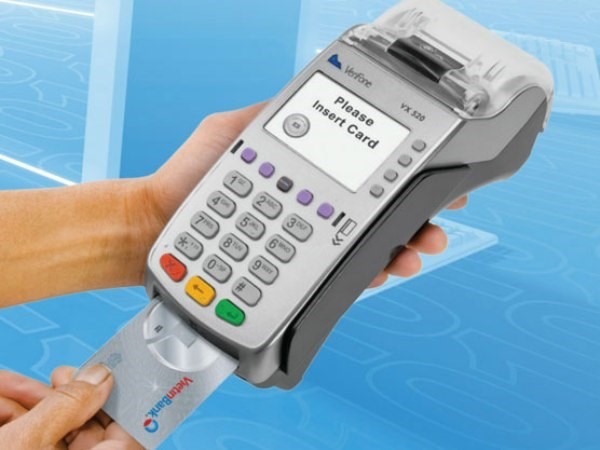 Economy
Economy

Competition in the country’s debit and credit card market has become stiffer as foreign and small banks join large domestic banks and finance companies in the race to gain shares in the potential market.
 |
| Việt Nam now has about 10,000 places that accept card payments. - VNA/VNS Photo |
HÀ NỘI – Competition in the country’s debit and credit card market has become stiffer as foreign and small banks join large domestic banks and finance companies in the race to gain shares in the potential market.
Together with a young and rapidly growing urban population, the growth of internet retailing has created a favourable environment for financial cards to flourish in Việt
Nguyễn Thu Hà, chairperson of the Việt Nam Card Association under the Việt Nam Banking Association, said: "From both the macro-economic and banking perspective, the domestic card market is considered very strong given the rising incomes among the country’s 82 million people, rapid economic growth and improving legal system.
"Increasing tourist arrivals and the influx of money remitted home by overseas Vietnamese will also facilitate credit card growth."
Việt
According to reports from the State Bank of Việt
Meanwhile, investing in credit cards brings in large profits for issuers because interest rates of the loans are higher than that of other loans. Besides, they can earn money from fees such as annual fees, cash withdrawal fees and late payment penalty fees.
Shares of the country’s card market are currently in the hands of big players such as Vietcombank, BIDV, VietinBank, Sacombank and Techcombank, of which by the end of last year, Vietcombank still held the leading position.
However, change is on the horizon as the market has seen the participation of more players, from Vietnamese and foreign finance companies to foreign banks and medium and small Vietnamese banks.
Shinhan Bank, for example, is set to become one of the top three credit card issuers in Việt Nam for the next three years while FE Credit and Home Credit, the country’s two leading consumer finance companies, are also stepping up credit card offers with many incentives and promotions.
Lotte Card has also jumped in the market through the acquisition of Techcom Finance, which helped it became the first Korean financial company to be allowed to issue credit cards in Việt
Amidst the higher competition, card issuers have offered many incentives and promotions to attract customers, such as low fees, refunds at shopping centres and gifts.
Some issuers have even extended the time limit for free interest rates to 55 days from the 45 days applied by most other issuers.
Issuers have also simplified procedures for card opening, providing online services and at-home services to lure customers.
The fierce competition has also benefited customers. For example, a person with a monthly income of VNĐ7-8 million (US$298-340) can now easily gain a credit card, which can help them spend dozens of millions of đồng. – VNS



.jpg)
